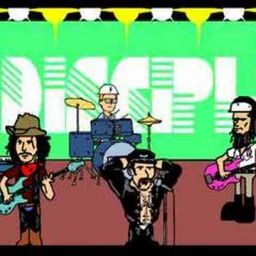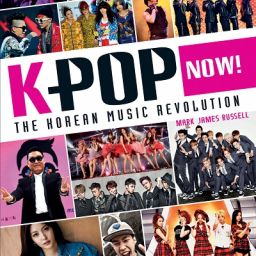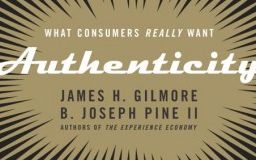
In their new book, Born Digital, John Palfrey and Urs Gassler discuss the generation of digital natives, described as those born after 1980, and how they interact with online knowledge, compared with the online experiences of digital immigrants.
The thesis of the book is that those in the youngest generation are more adept, more at home on the Internet. As someone who works with the small percentage of college grads in the millennial generation (only 29% of American adults have a bachelors’ degree), age doesn’t always reflect degree of online knowledge.
Siva Vaidhyanathan has taken issue with viewing those of a certain age as a generation, and specifically with “digital natives“, arguing in a Chronicle article
Talk of a “digital generation” or people who are “born digital” willfully ignores the vast range of skills, knowledge, and experience of many segments of society. It ignores the needs and perspectives of those young people who are not socially or financially privileged. It presumes a level playing field and equal access to time, knowledge, skills, and technologies. The ethnic, national, gender, and class biases of any sort of generation talk are troubling. And they could not be more obvious than when discussing assumptions about digital media.
Henry Jenkins also has issues with the digital native terminology:
Talk of digital natives may make it harder for us to pay attention to the digital divide in terms of who has access to different technical platforms and the participation gap in terms of who has access to certain skills and competencies or for that matter, certain cultural experiences and social identities. Talking about youth as digital natives implies that there is a world which these young people all share and a body of knowledge they have all mastered, rather than seeing the online world as unfamiliar and uncertain for all of us.
Despite my own reservations about calling a generation “digital natives”, this book has a wealth of information about what I would prefer to view as two separate, but occasionally overlapping groups, those comfortable and familiar with online and similar technologies, and those who are not yet adults — with their still growing and developing brains.
The authors do discuss participatory culture and the intersection between creativity and copyright. There is a mention of fanworks like fanfiction in a section about mashups and creativity. But neither in the creativity or activism sections is there mention of fair use interspersed with the frequent mentions of copyright and ownership.
One of the sections that I found the most interesting was about libraries and librarians:
There’s never been a greater need for reference librarians. . . . In addition to maintaining access to traditional pools of knowledge [books and journals], librarians should help Digital Natives figure out how to manage the rivers of digital information that they encounter every day [like RSS].
The role of libraries is increasing … as Digital Natives up saturated in the information environment of the digital age.
One final note: While the text of the book is interesting, one of the most impressive aspects is the organization. Except for oddly leaving libraries out of the index, the supplemental backbone of the book (the index, selected bibliography, glossary, and notes/citation) help the reader to find useful information. I expect equally good information from the upcoming wiki.
Born Digital‘s ISBNs are 0465005152 9780465005154 & it can be found in many libraries.








Locative media and the city: from BLVD-urbanism towards MySpace urbanism by Martijn de Waal
“Great cities are not like towns, only larger”, urban activist and writer Jane Jacobs observed almost half a century ago. But what then is it that makes a city into a city? Now that telecom operators, handset builders, and media companies are churning out new media technologies that promise to drastically alter our sense of place, this question has once again become very urgent. Whether we call them locative media, contextual media, or placed-based media, these technologies promise to change the way we interact with our surroundings. Let me call this new way of experiencing the city “MySpace urbanism”.
http://www.receiver.vodafone.com/locative-media-and-the-city